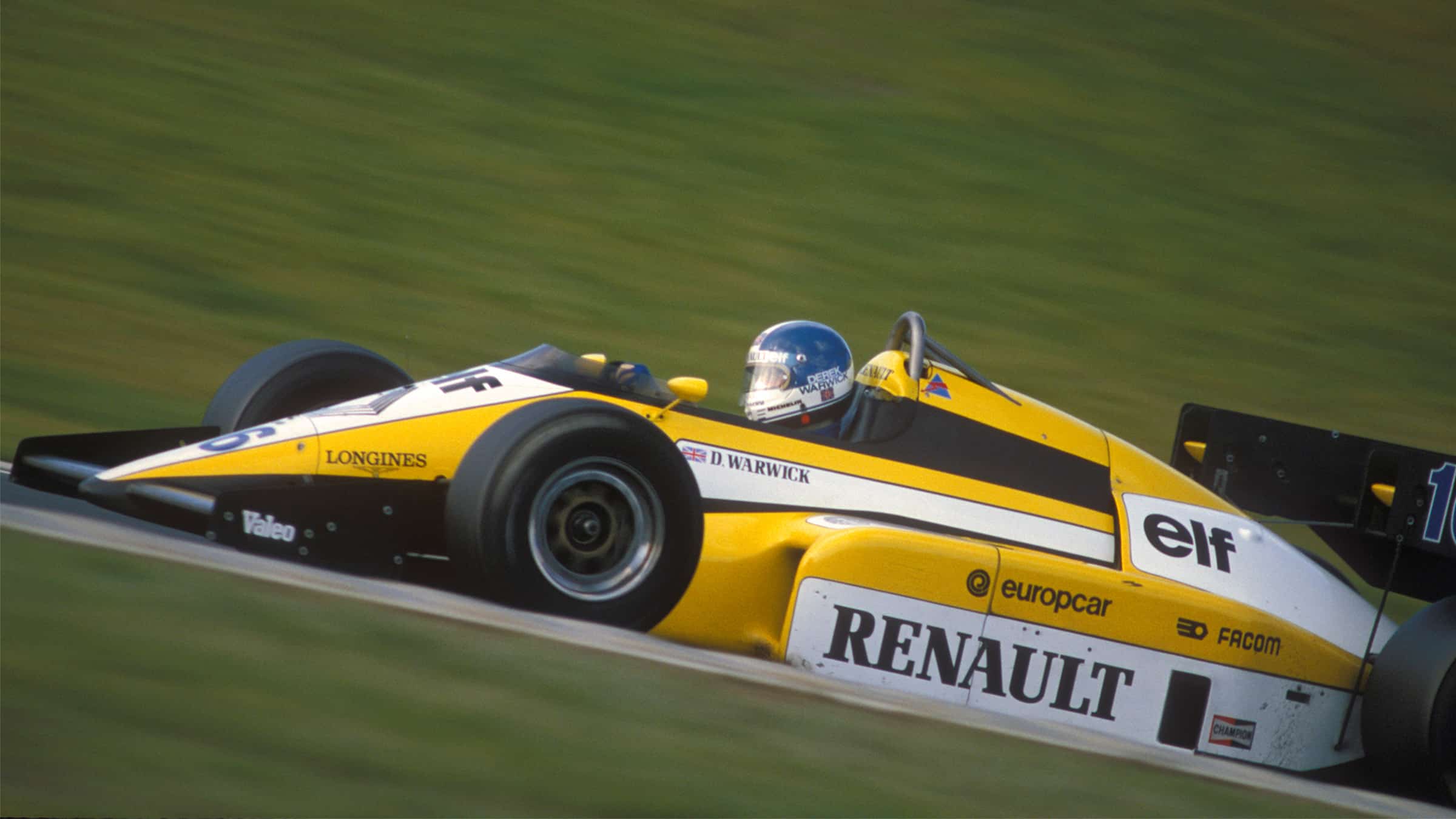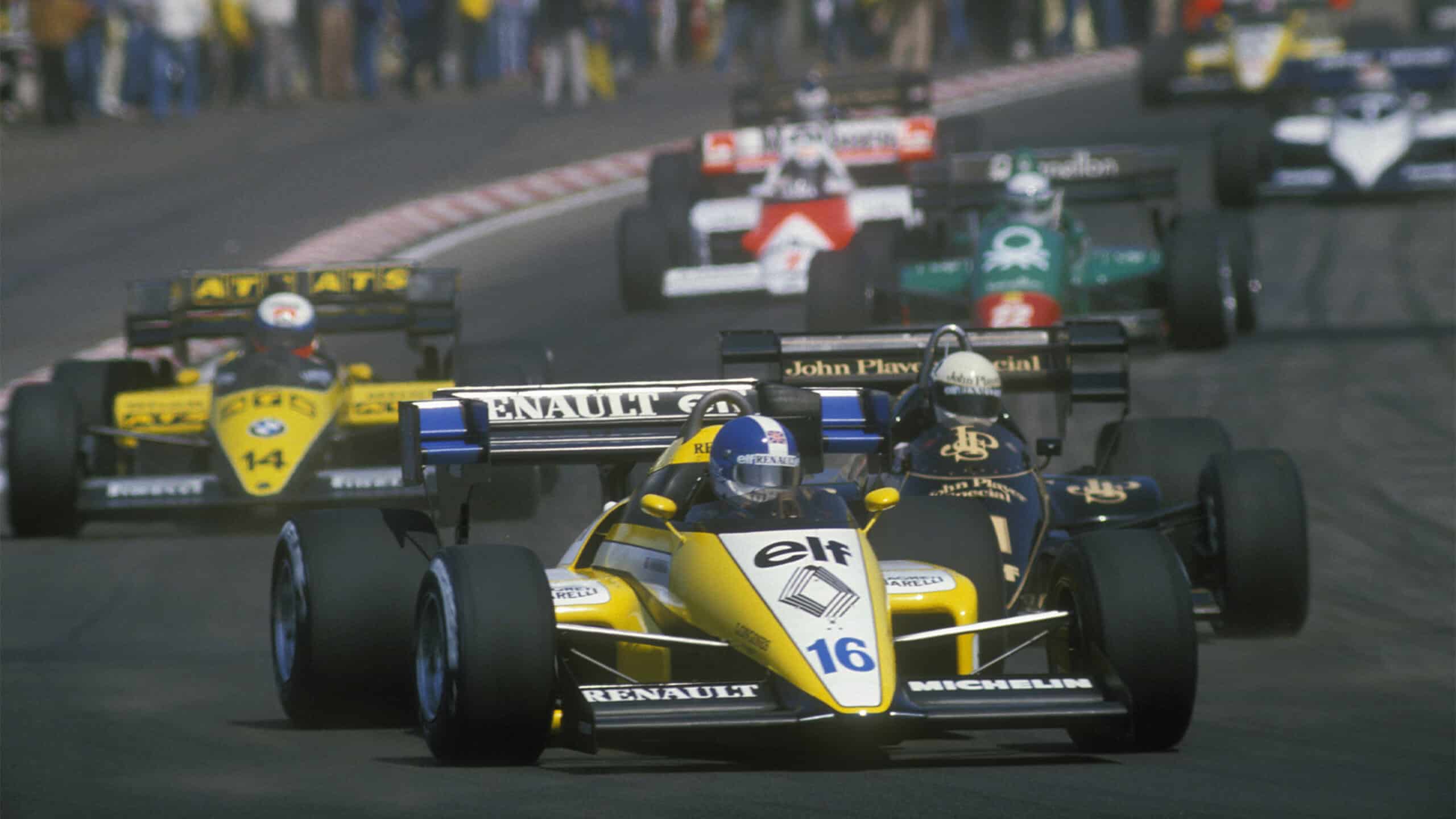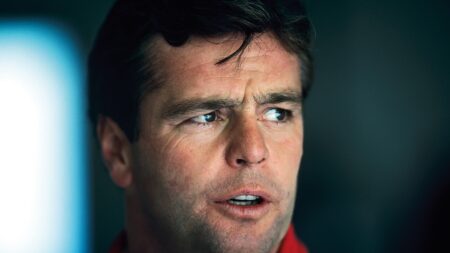At the season-opener in Brazil, Warwick qualified third — just two-tenths off the front row — but saw a potential race victory turn to dust as his suspension broke 10 laps from the chequered flag.
Then, following two impressive podium finishes in South Africa and Belgium, the No16 Renault retired on lap 57 of the Canadian Grand Prix after being qualified fourth due to a problem with its undertray. Once again, Warwick had been running inside the top six.
In Detroit, Warwick had been running third before his gearbox broke on lap 43 — a familiarly unreliable tale which was told again in Austria, Italy, Germany and Portugal.
“In those days there were so many retirements,” recalls Warwick. “In half of all the races in my career I didn’t finish, and most of those were due to reliability.
“The turbo cars had enormous horsepower, but things kept breaking… gearboxes, differentials, turbos, intercoolers, and Renault just didn’t have the systems in place to repair all the breakages.”
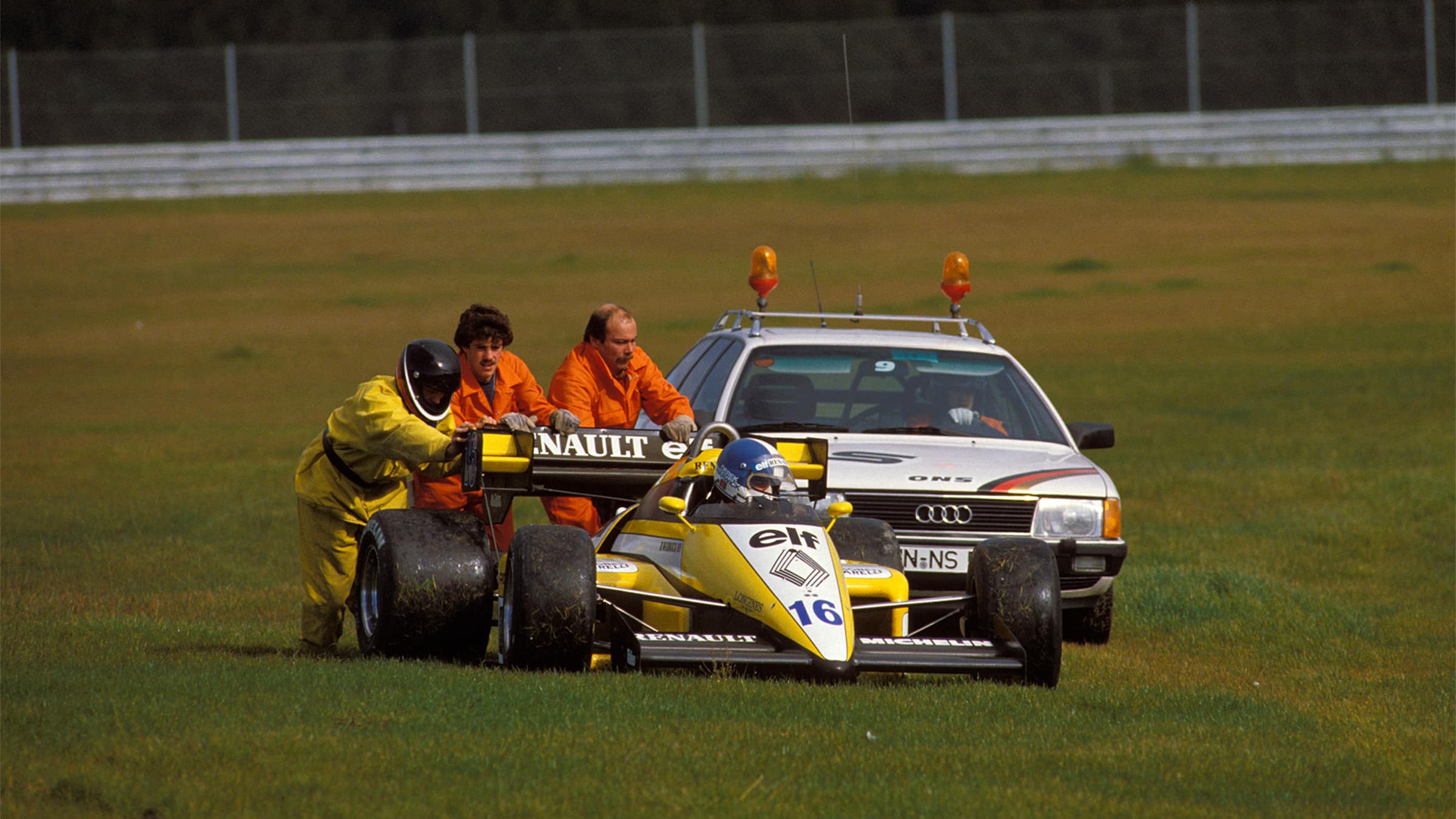
Although quick, Warwick’s Renault was unreliable
Grand Prix Photo
Despite the almost constant reliability issues, Warwick still finished seventh in the drivers’ standings and was re-signed for 1985. But little did he know that Renault had just hit its performance peak, and would not re-establish itself again amongst the front-runners until Fernando Alonso joined the team almost 20 years later.
“I re-signed for ’85 because Gérard Larrousse [Renault’s team manager] offered me a fortune to stay – then he just walked away. He left the team taking all our top engine and chassis engineers. So we lost the best brains in the Renault team.
“When I got in the car for the first race in Rio it was three and a half seconds slower than the ’84 car.”
Not only was the RE60 slow, but it was still just as unreliable, as Warwick failed to see the chequered flag at eight out of 15 rounds. Team-mate Patrick Tambay fared no better — retiring from the same number of races, although the Frenchman did manage to score podium finishes in Portugal and San Marino.
“The team was too big,” says Warwick, attempting to explain the fall-off in performance. “We had all the personnel, all the money, all the kit – but we didn’t have a British engineer with real racing pedigree who would have stabilised the team.
“We did a lot of development, we had great tyres from Michelin, but the car kept breaking down and the chassis was flexing. We lost momentum. Renault had brought in people from the road car manufacturing side and they knew absolutely nothing about Formula 1. We still had a good engine and we saw that with Lotus when Senna started winning races with it.”
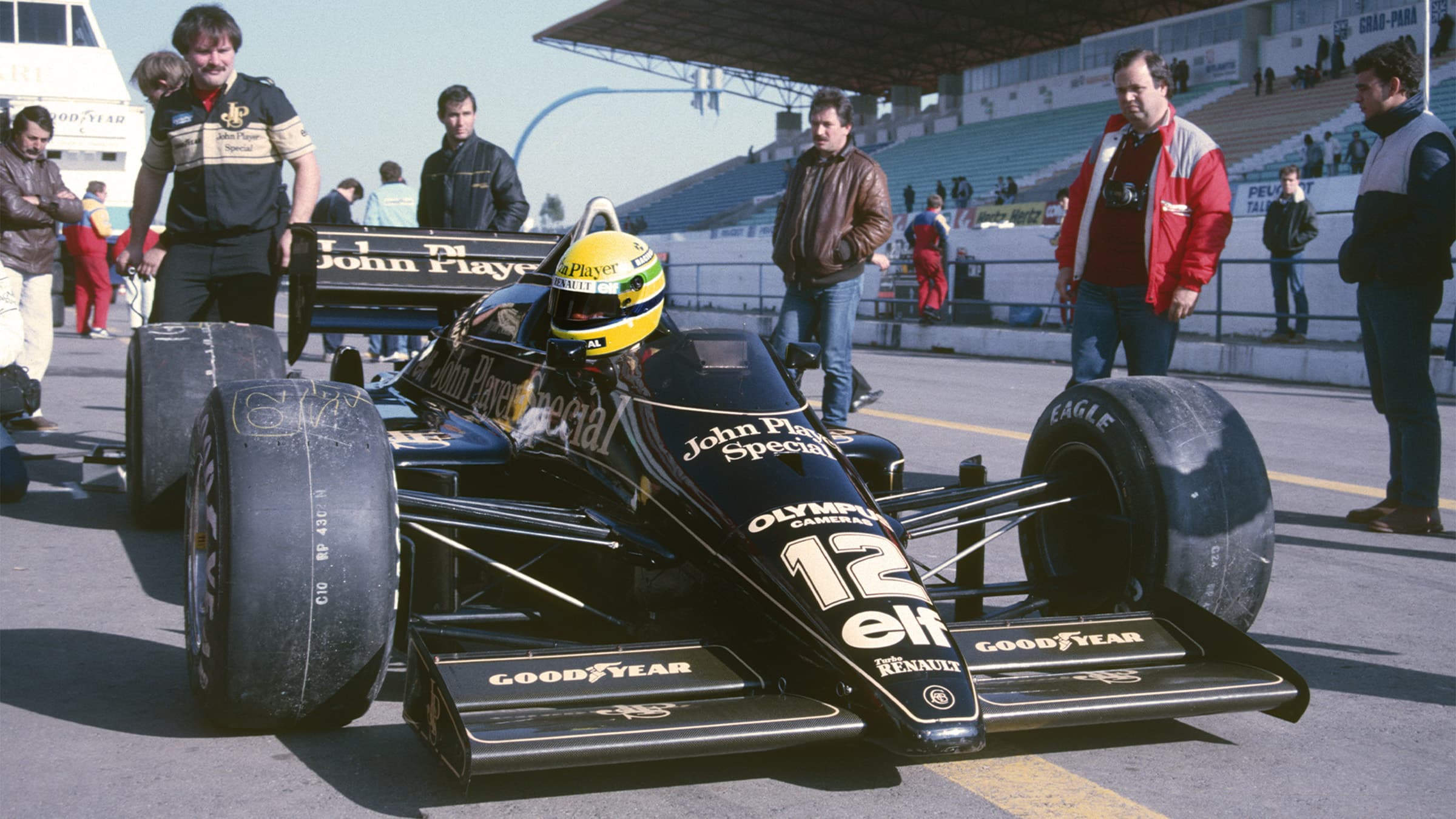
Senna’s Renault-powered Lotus won two races in 1985 and finished fourth in the drivers’ standings
Grand Prix Photo
Warwick would attempt to join Lotus in 1986, but had his contract effectively torn up in front of him, leaving him without a seat.
Although he’d soon find success in sports cars with Tom Walkinshaw and Jaguar, he could only look back in dismay on his time at Renault.
“I should have signed for Williams in ’85, not Renault, but I never wished I was Nigel Mansell winning races, and hindsight is a wonderful thing.
“When I saw the Lotus in ’86 I thought, “That could have been me.” But it wasn’t, that’s the big difference.”
